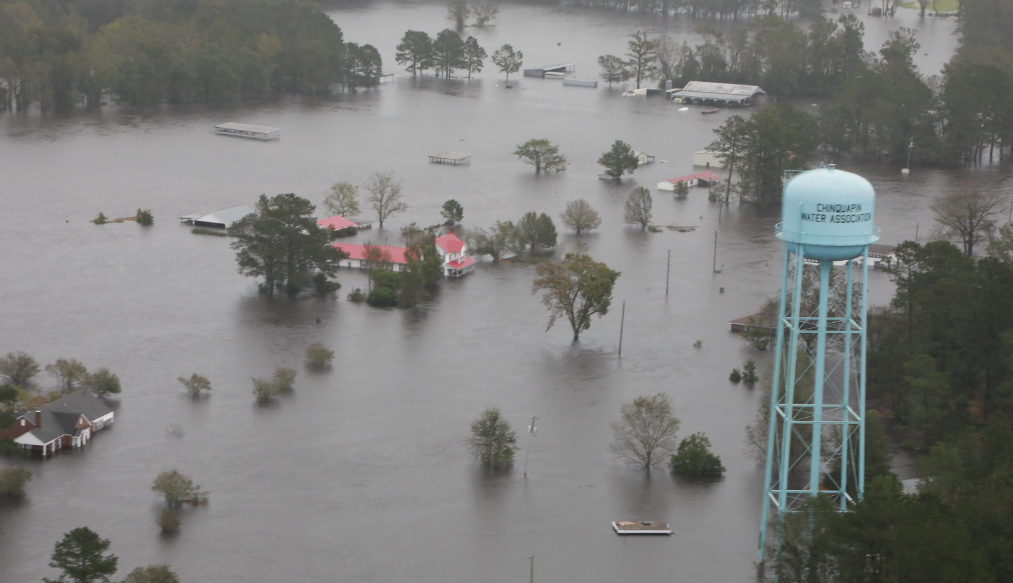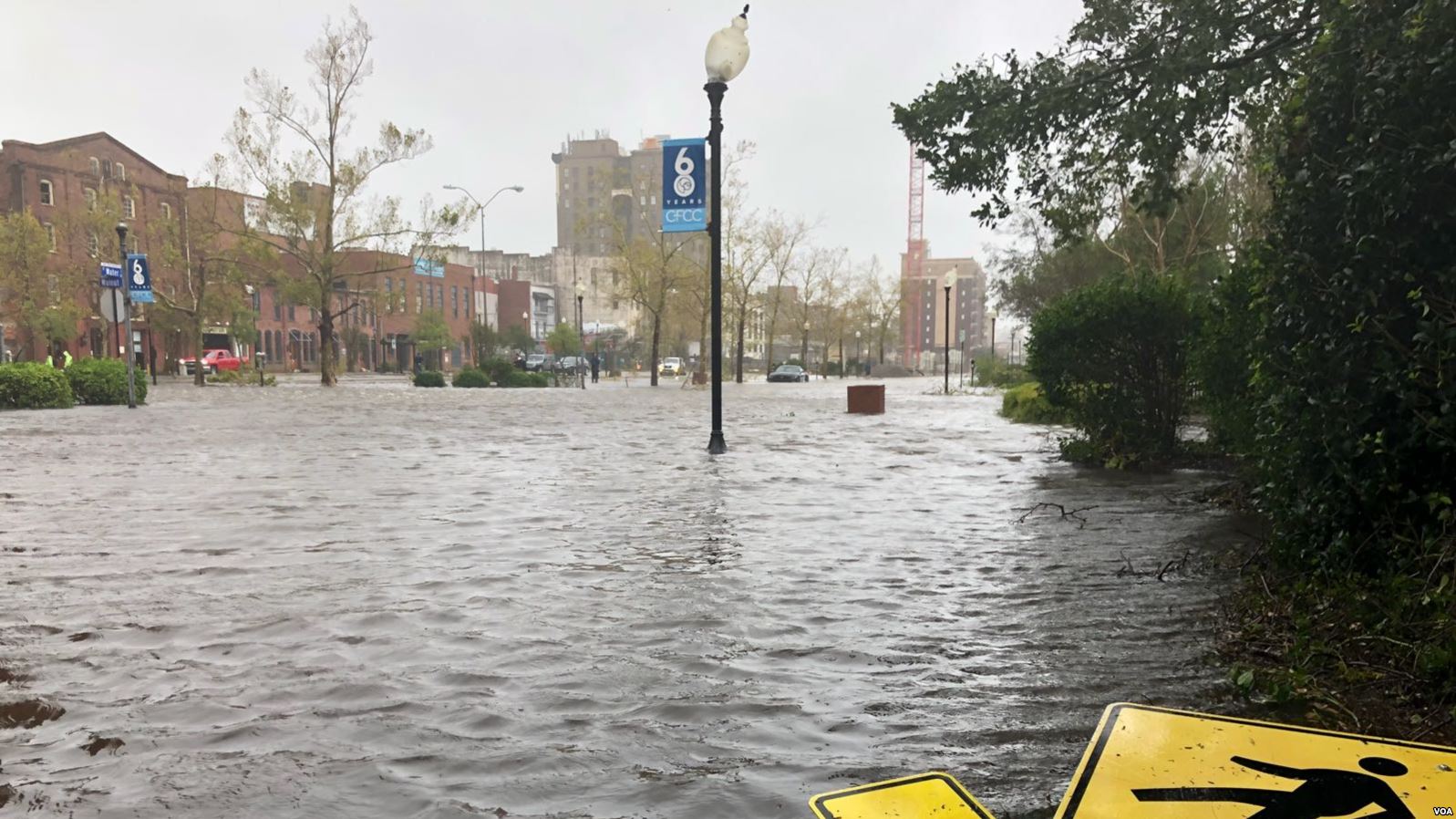North Carolina’s Legislature moves toward greater flood protection and climate resilience
Update, July 1, 2020: North Carolina’s Senate and House unanimously passed HB 1087. We thank Rep. Bell, Rep. McGrady and Sen. Newton for their leadership in advancing this important piece of legislation. Gov. Cooper signed HB 1087 on July 1, 2020. EDF staff will be working with Division of Mitigation Services staff and stakeholders to develop the program. Read our statement in response here.
Earlier this month, North Carolina released its first Climate Risk Assessment and Resilience Plan to prepare for more intense rain events and flooding. In particular, the plan emphasizes natural infrastructure as a means to reduce flooding and provide other benefits.
On the heels of the plan’s release, North Carolina’s General Assembly is expected to pass a bill that contains a measure to create a faster, more efficient path for investing in projects that reduce flooding, protecting downstream communities while also empowering the private sector to employ more North Carolinians.
Once passed, HB 1087 will go to Gov. Roy Cooper for his signature. If signed, the bill would not only help North Carolina implement natural infrastructure projects with greater urgency, but it would also create the nation’s first market for natural infrastructure projects to address flooding.
New North Carolina bill would help create a faster, more efficient path for investing in projects that reduce flooding, protect downstream communities and create jobs. Share on X
Removing barriers for the essential restoration economy
Twenty years ago, North Carolina created an innovative mitigation program to address a backlog of required environmental restoration projects by awarding competitive contracts to private businesses. Today that program, the Division of Mitigation Services (DMS), allows the private sector to deliver compensatory mitigation and ecological restoration projects in an efficient way.
Over the past two decades, DMS restored or created 2.7 million feet of streams and 29,000 acres of wetlands, sustaining a restoration industry and providing work for engineers, designers, construction services, plant nurseries, legal and real estate professionals and many other restoration workers.
DMS has the existing staff expertise and delivery mechanisms to address watershed flooding, but they are currently unable to accept federal disaster dollars or other competitive grant allocations for flood reduction. The proposed bill would rectify this, allowing DMS to contract with private restoration companies to more quickly and effectively construct flood reduction projects.
Four ways to harness the private sector to reduce flooding
The proposal would create a voluntary program within DMS to enhance or restore flood storage capacity in targeted watersheds using private businesses. The proposal has four important components:
1. Increase the state’s ability to attract federal and private funding.
DMS would be expanded to include “restoration and monitoring of projects or land acquisitions that create or restore flood storage capacity.” The program would be authorized to accept “appropriations and grants supporting projects that enhance flood storage capacity and mitigate flood risks.”
This new authority would allow the state to compete for federal disaster appropriations and grant programs, such as the National Fish and Wildlife Foundation, to secure funding for watershed projects.
2. Rapidly develop natural infrastructure.
Under the proposal, flood storage projects could include the “creation or restoration of wetlands, streams and riparian areas, temporary flooding of fields, pastures or forests, and other nature-based projects that can demonstrably increase flood storage capacity.”
By focusing on natural infrastructure projects, the program would be able to contract with restoration companies to install flood reduction quickly. Project timelines would be measured in months, not years, as is typical with reservoirs and levees.
3. Create a first-of-its-kind marketplace to create and sell flood reduction credits.
Flood storage projects would be quantified by the acre-feet of flood storage capacity created by the project. This new metric would become the “currency” of the program.
In addition, river basin plans would set targets for flood reduction in priority watersheds. Combining the new currency with a clear target for each watershed, the program would create the nation’s first flood reduction marketplace.
4. Develop oversight and monitoring.
The legislation establishes an advisory board to guide the program’s creation and provide ongoing counsel. The advisory board would help develop project criteria that could include consideration of the cost-benefit analysis of a project, the compatibility of the project to agriculture or other watershed land uses and the potential ecological benefits. The program would annually report the increased flood storage capacity created by new projects and would maintain an inventory of projects.
Creating a safer, more resilient North Carolina
In the last month, North Carolina’s governor and Legislature took two big steps toward a more resilient future in the release of the Resilience Plan and now with the expected passage of this proposal within HB 1087. These two efforts will help North Carolina protect vulnerable communities while providing a model for other states looking to implement similar resilience-building projects.












